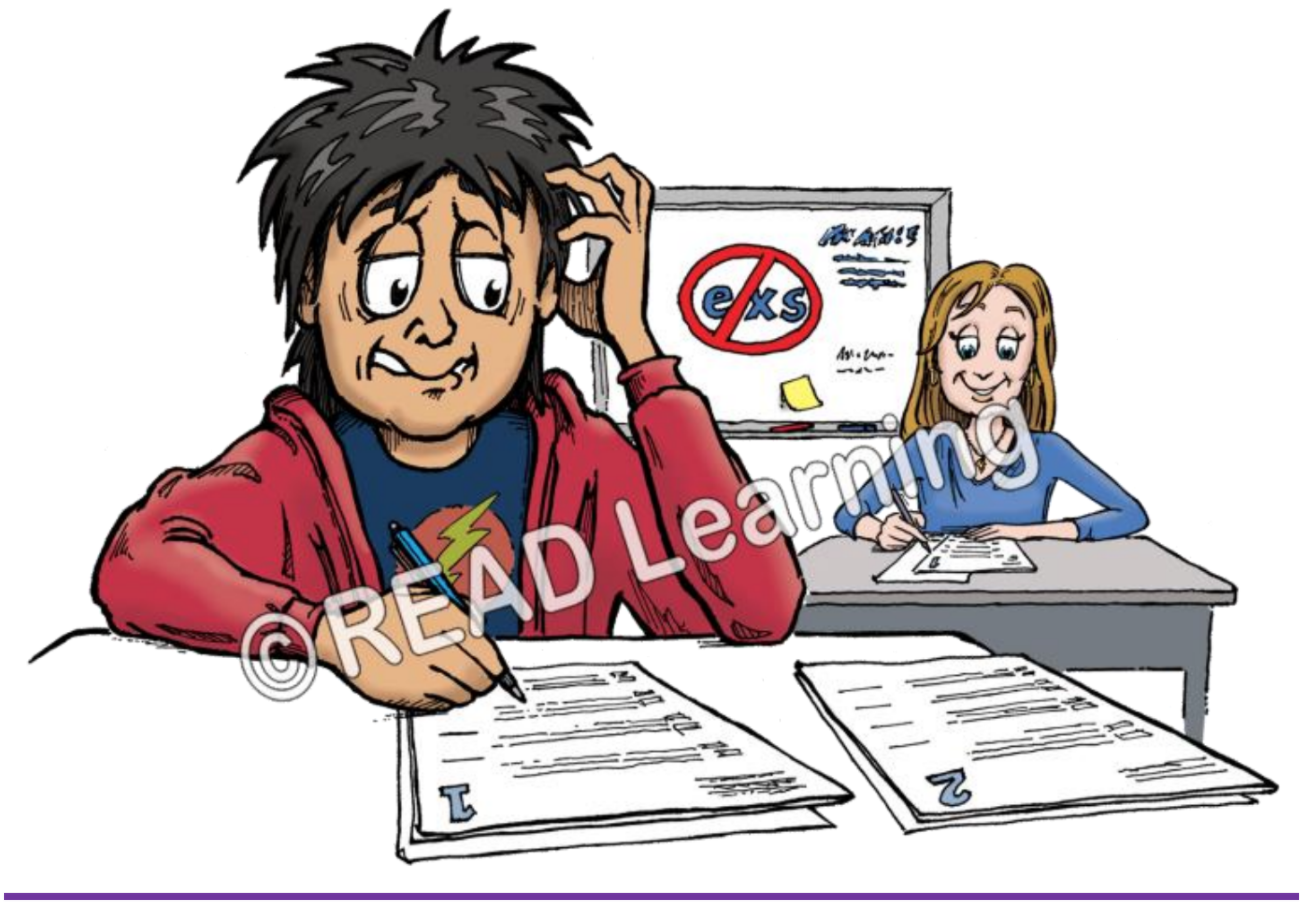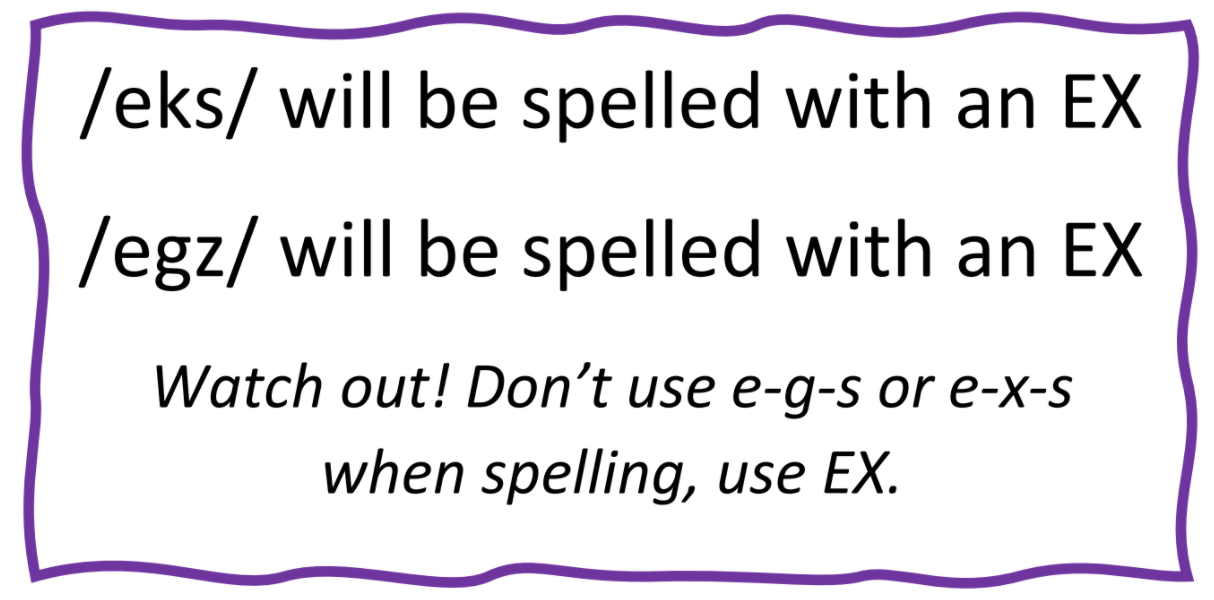We’ve all been there: palms sweaty and heart racing just before we are supposed to take the exam that we feel completely unprepared for. To make matters worse, we are surrounded by classmates who seem to know exactly what they’re doing while we flounder in our own panic!
 Photo by Thought Catalog on Unsplash
Photo by Thought Catalog on Unsplash
Okay, perhaps we are a bit removed from these experiences at this point in our lives, but our students certainly aren’t! In fact, as we are all aware, they often experience similar anxiety every time they’re asked to read and write in the classroom, surrounded by classmates who just seem to “get it.” Therefore, I provide you with a reading and spelling rule that will continue our mission to reduce the stress in our students, bringing them closer to acing that exam.
Before You Begin
Getting Started
At this point, you’re probably asking yourself why we started off with such a stressful topic. Aside from putting us into the shoes of our students, the word ‘exam’ has a very difficult spelling pattern that is often overlooked. You see, the letters E-X, when combined, sound like the name of the letter X on its own, which throws off many students. Furthermore, the corresponding phoneme for “X” is a complex sound that sounds like something akin to the combination of /k/ and /s/.
As educators, we often see students who struggle with spelling words that begin with EX. Take a moment to think about how you’ve seen your students spell any of the following words:
Example, Explain, Extent, Exact, Exist
I’m sure you’ve seen many different spelling combinations including:
Xample, Ecsplain, Exstent, Egzact, Agzist
Of course, we know that these versions of the words are not quite right, but to our students, this sound is pretty difficult. That’s why we’ve created a spelling rule to give students an EX-plicit formula for this spelling sound.
Extra Exam

Our spelling rule, Extra Exam, shows students how to read and spell words that have EX as their beginning syllable. Let’s revisit that list of words from above and sort them into two categories:

You may notice that there are two sounds that EX can produce: one that sounds like /egz/ and another that sounds like /exs/. The sound that EX will produce, depends on the sound that follows it. If there is a consonant sound after the EX, it will sound like /exs/, but if there is a vowel sound after the EX, it will sound like /egz/. When teaching this to your student, consider exploring this concept in a similar way using syllable division and a guided sort of various words spelled with EX. Point out that, although it sounds like there is a Z or an S in each word, those sounds are simply part of that tricky letter X, and they often carry into the second syllable of the word.
At Silver Moon, we know that spelling and reading rules (also called spelling and reading patterns) are easier to remember if we have a catchy phrase or visual to go with them, so we’ve given you both! Here’s the complete rule for EX called “Extra Exam”:

After presenting this rule to your student, be sure to practice both words that sound like /exs/ and those that sound like /egz/. Following this guided practice, you can easily make a connection between spelling words with EX and reading words with EX.
Important Tips to Consider
Before We Turn in that Exam
Hey, sometimes the exam is only as hard as we make it in our minds. It turns out, this one was pretty simple, and better yet, we’ve aced it! As you take one last deep breath to release all of that test-taking anxiety, click on the link below to download your FREE reproducibles to help your students practice the Extra Exam rule. I promise they might even be more fun than they are stressful.
As always, if you found this blog helpful, please share it with your fellow teachers, parents, and interventionists. Interested in learning more? You can find more spelling topics HERE, and don’t forget to check out our complete set of teaching resources at www.Silvermoonspellingrules.com.
Happy Teaching!
Written by:
Kate Wagner, BSE
Reading Interventionist, Remote Learning Coach